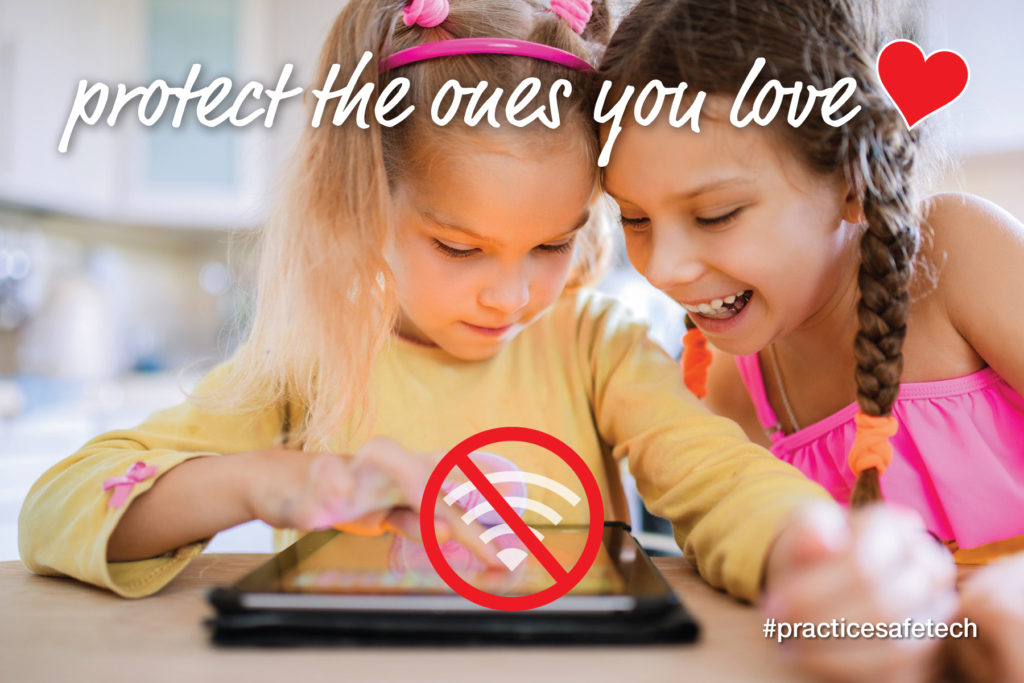Maine plumber Stuart Cobb, 35, considers himself an ordinary, hardworking fellow. However, over the past 15 year he has been a slave to one big “addiction”… his cell phone.
At age 19, Stuart bought his first cell phone, which he reports was “so expensive I had to take a part-time job at a carwash to afford it.” From there he kept trading up, until his last cell, the 3G Blackberry Smart Phone. Admittedly a heavy user, he saw no need for a landline, and used his phone up to 4 hours a day for years.
But on a beautiful spring day in April of this year, everything changed.
 |
Cobb and a co-worker were pulling up a manhole cover in a parking lot when suddenly, the left side of his body went completely numb, his vision became hazy, and he noticed an odd metallic taste in his mouth. The feeling passed, but his wife Kristen, 31, insisted he go to the emergency room. There, doctors decided he had experienced an anxiety attack and suggested that if it happened again, to “just breathe into a paper bag.” They also gave him anxiolytic for good measure and sent him on his way. |
| Stuart Cobb a few months before diagnosis |
It was only a few days until a similar attack happened again – but this time while driving! Though he did manage to pull over, the potential hazard of this health condition was a growing concern. Tests, including an EEG, showed nothing. “Could be anxiety,” yet another doctor concurred. Finally, Stuart was sent to a neurologist, who ordered an MRI.
The shocking finding: a mass in his brain the size of a tennis ball.
That day, Stuart was diagnosed with Grade 2 Gemistocytic Astrocytoma, which is in the same family of a Glioma. Doctors saw that it was spreading rapidly and had to be removed. After five hours of brain surgery, 90% of the tumor was safely removed. As a result, Stuart spent the next 2 weeks in a rehab facility relearning how to walk and talk. “The big Aha moment as to what caused this tumor came when the neurologist asked me if I was exposed to radiation, and then went on to question how often I used my cell phone, and asked which side I typically held the phone” Stuart reports. “Together, we figured out it was the cell phone.” Stuart and Kristen have taken the cell phones away from their two daughters, who are both teenagers.
“I am angry—at myself, but mostly at the telecom industry. The public is being deliberately kept in the dark with warnings buried in fine print in manuals. It’s negligence at best, maybe even criminal. I just don’t want anyone else to have to go through what I have gone through.” Outraged at what her family is now going through, she suggests that, “At the least, manufacturers need to put warning labels on cell phones. There also should be a requirement that people have to read the warnings in the manual before they can buy these phones, and initial that they understand the risks.”
“We belong to a brain tumor support group,” Kristen adds, “and based on some of their stories, I would say cell phones are responsible for a number of the cases. When we tell people that, they are shocked. Some want to know more. Others just say, “Well, I don’t know about that; we’ll have to wait for the science to confirm it. It is just so frustrating how unaware people are about the dangers of cell phones!”
Stuart is now on the mend, but he tires easily. He can only work part time, and worries constantly that his tumor may return. In the meantime, he is pleased that both Portland, Maine and Jackson Hole, Wyoming have declared October “Cell Phone Safety Awareness Month” and that San Francisco and Maine are calling for warning labels.
He and Kristen have also both now take part of an active national cell phone safety public education campaign spearheaded by Devra Davis, PhD, MPH, founder of Environmental Health Trust.
Brought to you by Environmental Health Trust on November 19, 2010.






